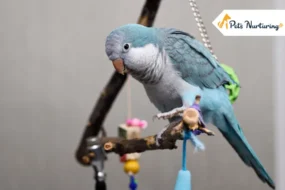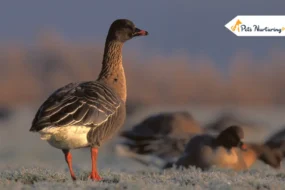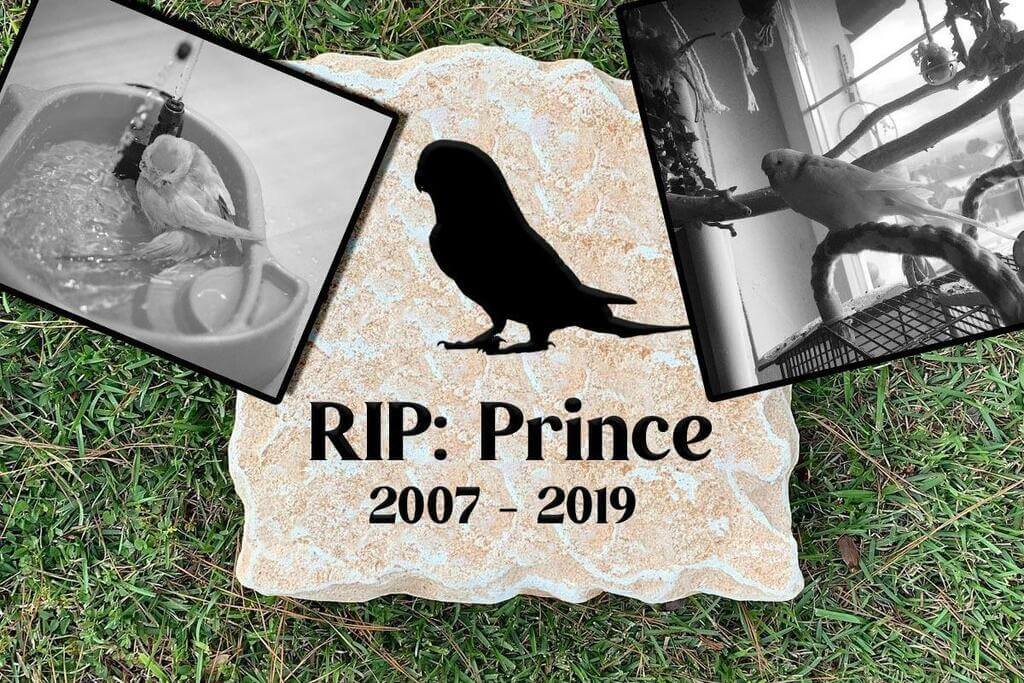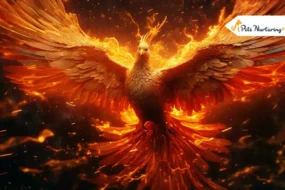
Being a parrot parent is a unique experience. While many are aware of the importance of “going the extra mile” when caring for a dog or cat, we frequently lack the knowledge necessary to create a haven for our parrots in our homes.
A large cage filled with toys and nourishing food is undoubtedly a good place to start, but what comes next? With a parrot play stand, we can give these wonderful birds everything they need to have fun, exercise their wings, and be stimulated.
Why Is a Bird Stand So Important?

In the wild, a parrot’s typical day entails kilometers of flying, hours of vocalizing, playing with their flock, and eating a lot of delicious food. Even though we can’t duplicate every aspect of their natural environment, providing our pets with a challenging indoor environment keeps their sharp minds occupied and allows them to burn off excess energy.
Daily use of a bird stand will not only provide your bird with some independence but can also have additional health benefits, such as lowering stress caused by boredom or burning more calories to reduce the risk of obesity.
How To Choose the Right Bird Stand for Your Parrot?
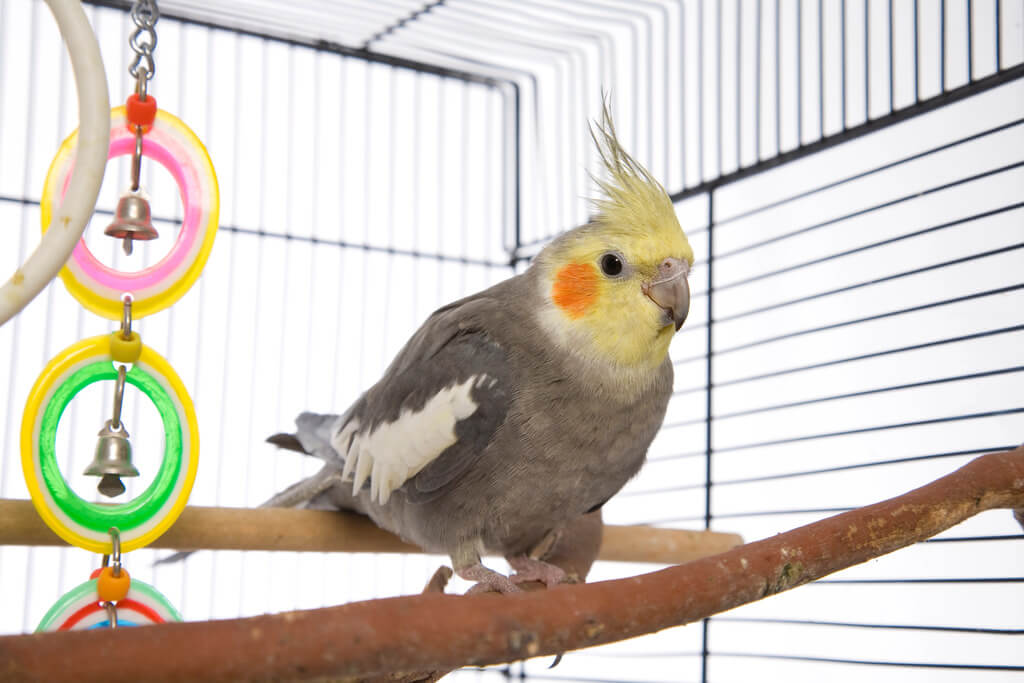
Today you can find bird stands for parrots in different shapes and sizes. But what’s best for one avian may not be the best for yours. Here is what you should consider picking the best option for your feathery pal.
Material
To accommodate all kinds of parrots, stands can be made from an array of materials. It’s a good idea to think about what kind of experience you want to offer your pet.
Wood
For instance, wood is an excellent choice if you want portability or have a smaller space because it allows you to move your pet to any room in the house and store the stand when not in use. These usually come in the form of a branch and are commonly made from Java trees.
Each natural Java tree is different and offers an intriguing and enjoyable play area. Java trees are also incredibly hard-wearing as a result of being debarked, sanded, and baked for a month. They generally come with hooks on them for toys and are safe for birds to use to chew, bite, and wipe their beaks. These kinds of wooden pieces also help parrots keep their claws in check.
Rope
Another great material option to consider is rope. These are easy to shape, pliable, and soft, giving your pet bird a fun and engaging surface to walk on. These rope perches can be formed into many amusing shapes for your pet to walk on, such as spirals or squiggly lines, by twisting and turning them.
It’s incredible how soft these stands are; they feel a lot like when we walk on a plush carpet or tender grass. If your avian friend walks constantly on a hard surface, it might develop irritation on the undersides of its tiny feet. Therefore, having a soft area for your pet to play and stroll on is very beneficial. When purchasing rope, be sure to take its thickness and size into account.
Plastic
And there are plastic bird stands for parrots as well, usually available in two options: PVC and acrylic. Due to their durability and ease of cleaning, both materials are very popular.
Having said that, acrylic is a superior option because it is essentially indestructible. But remember that having a stand to chew on is essential for some birds, like parrots. If you’re using plastics, make sure your bird’s habitat has additional perches that your pet can nibble.
Size
The stand must be the right size for your parrot. Offering one that’s too narrow will cause the parrot to grip tightly, forcing its claws to wrap underneath. This can put a lot of pressure on the same part of your parrot feet, making it extremely uncomfortable. Pressure sores can also appear, and they aren’t fun even for parrots.
Additionally, a very narrow perch prevents the nails from naturally elongating, leading to long, overgrown claws. However, if the perch is too wide and the animal cannot grasp it, it could lead to tendon issues in their feet.
Maintenance
Bird stands for parrots will get covered in food stains or droppings throughout the day, so they should be easy to clean. Make sure the option you choose can be simply washed with a detergent or a disinfectant.
How to Introduce the Stand to Your Parrot?
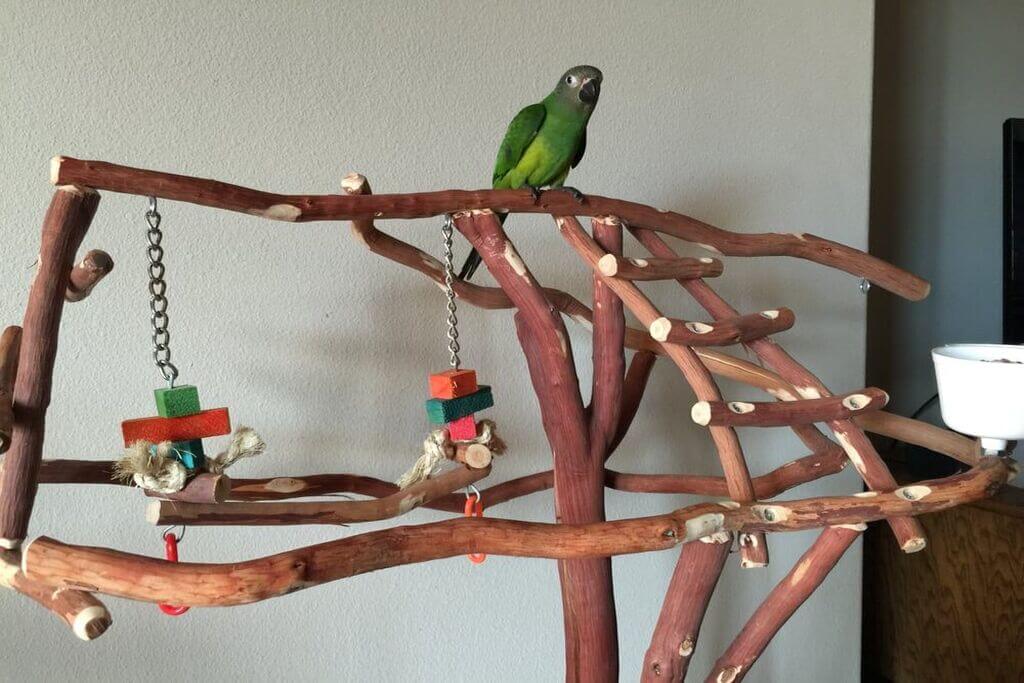
Thinking about your bird’s personality is the first step to modifying its habitat. This will guarantee that it adjusts appropriately and is not frightened by its new environment. Older, more reserved birds tend to rely on consistency, whereas younger, more gregarious birds thrive when kept busy with variation and daily excitement.
It’s okay if not every parrot uses their new play stand on the first day. Introduce gradually, show lots of praise and encouragement, and move at the appropriate speed for your specific bird.
Along with a seamless introduction, you should ensure your pet bird is secure when on its perch. When deciding where to place the new gym, check whether your parrot can easily access anything you don’t want him to chew. Electrical lines, outlets, painted wood, drapes, wooden moulding, ceiling tiles, ceiling fans, etc. all fall under this category. Ensure that ceiling fans are turned off and remain off whenever your bird is not in its cage.
When your parrot is given full rein in their cage, you may also want to be present at all times. Despite possessing two wings, some parrots prefer to walk around after leaving their perches. You can train your bird to stay there by continually putting it back on the stand and giving a treat after a brief period of stillness.
In addition, you should watch the cage every day because a frenzied parrot beak may swiftly change a piece of wood from smooth to jagged and pose a hazard.
Continue reading:








